
Camping on the ice of Antarctica: an unique experience | Travel Blog
After watching the documentary Bitácora: el continente blanco[1] I felt an irresistible urge to visit Antarctica. But I wanted to try something different, something that had never crossed my mind before. That's when I decided to camp on the ice in that mysterious vastness, and I swear I don't regret it!
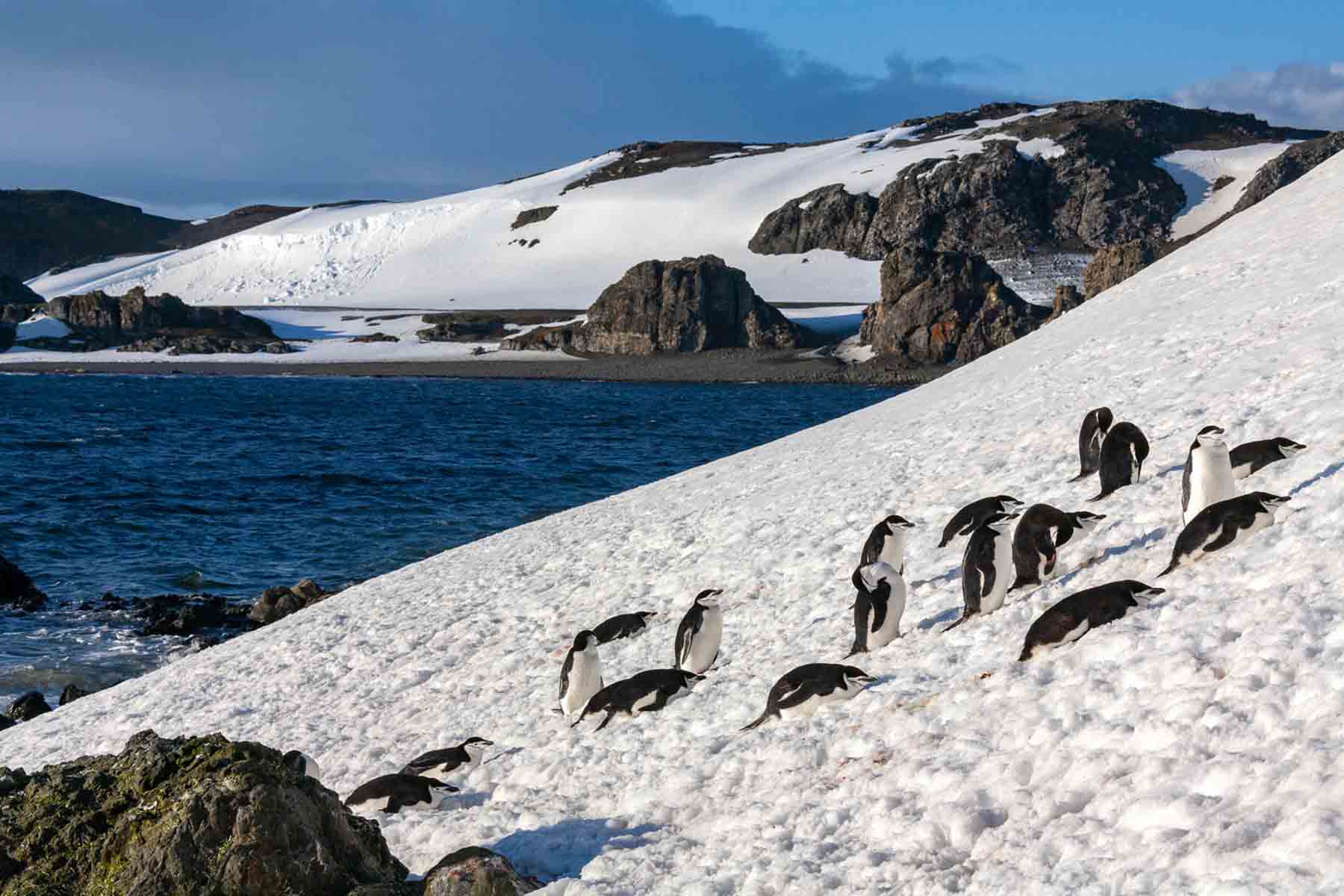 South Shetland Islands and Antarctic Peninsula
South Shetland Islands and Antarctic Peninsula
The Ocean Albatros offers Antarctic expeditions with wildlife sightings and expert-led explorations.
From $6,695.00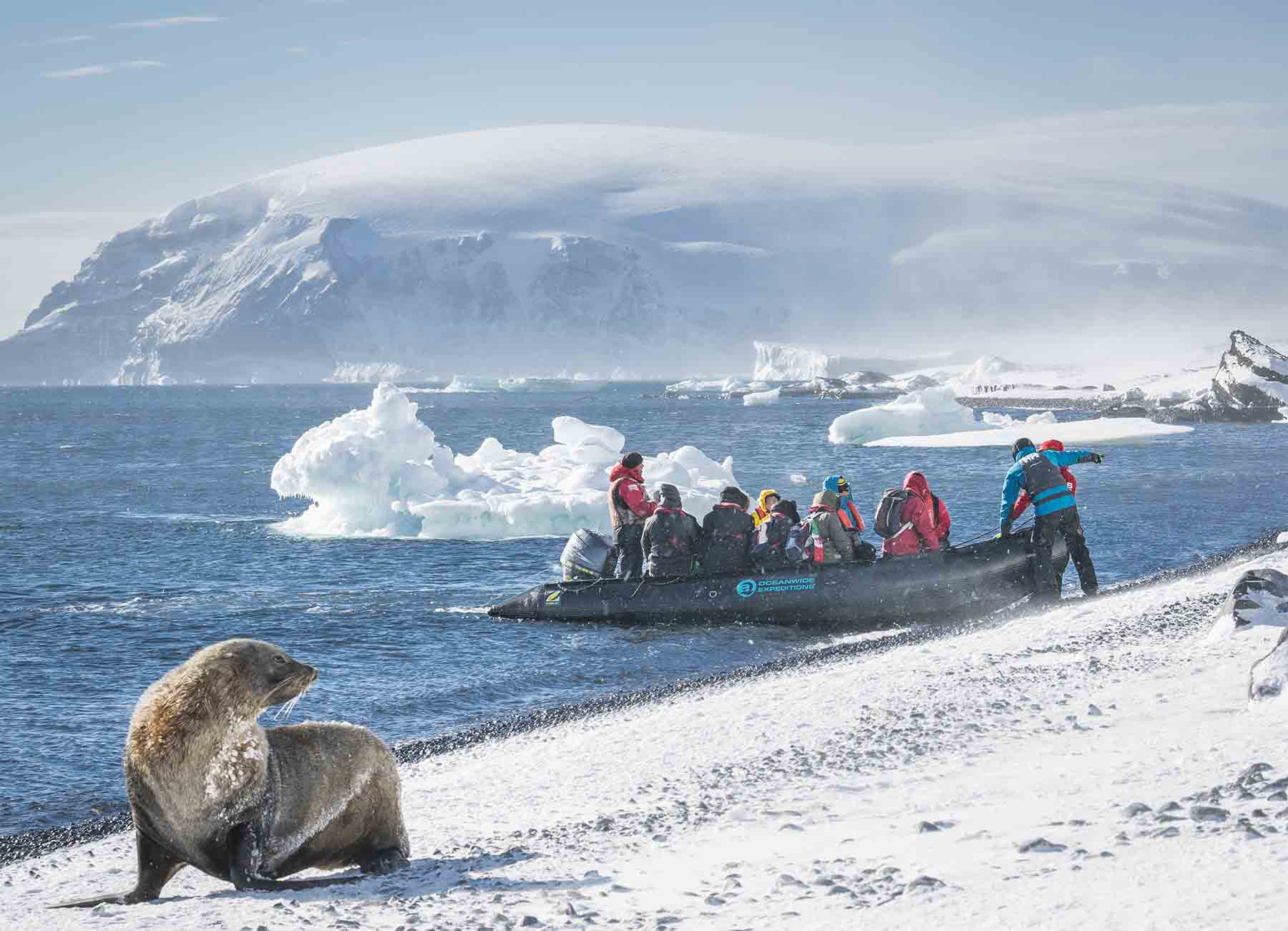 Antarctic Peninsula in Depth
Antarctic Peninsula in Depth
Embark on the ultimate Antarctic Peninsula expedition, carefully planned to cover both renowned destinations and unexpected treasures.
From $16,595.00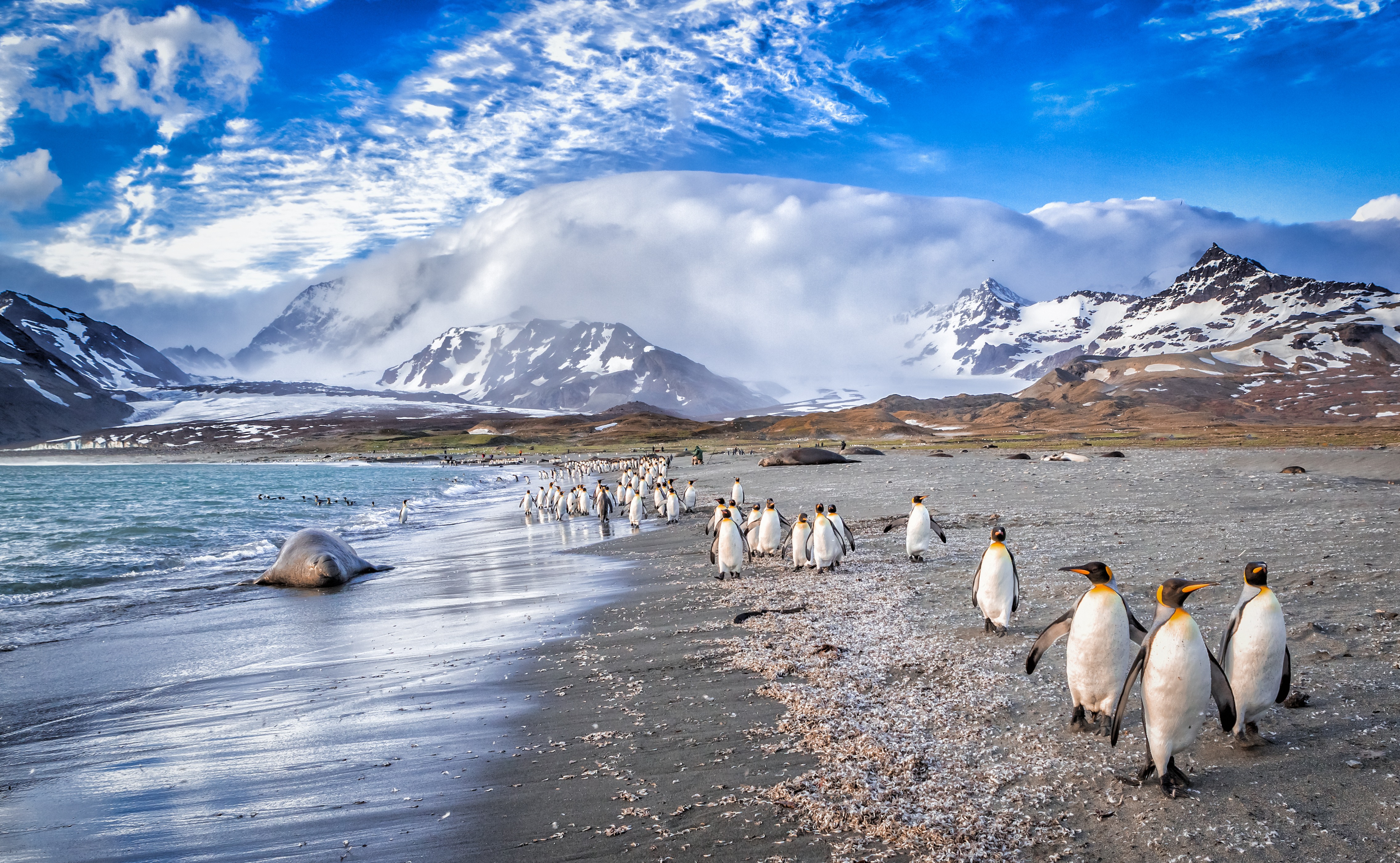 Falklands (Malvinas), South Georgia & Antarctica
Falklands (Malvinas), South Georgia & Antarctica
Embark on a 20-day Magellan Explorer expedition to the Falklands, South Georgia, and Antarctica, encountering diverse wildlife and rich history.
From $14,995.00Table of content
Intro to Ice Camping in Antarctica
To better understand and immerse yourself in this adventure, it's necessary to know that Antarctica is the fourth largest continent in the world. It's asymmetrically centered around the South Pole and largely south of the Antarctic Circle. It's bordered by the Antarctic Ocean or, according to the definition, the South Pacific, Atlantic, and Indian Oceans. It has an area of over 14.2 million km².
Although there are various options for visiting the continent, some still believe it's a destination limited to scientists, military personnel, or documentary filmmakers of some kind. But the reality is that you don't need to belong to any of these groups to get there. On the contrary, the number of visitors reached 100,000 for the first time in this period from October 2023 to March 2024.
Our odyssey began at the "End of the World" -Ushuaia- which is the closest port to visit Antarctica, where we took a cruise, endorsed by IAATO, the international organization that brings together tour operators in Antarctica.
Antarctic tourism on cruises often has a strong educational component: there are guides and lecturers on board who give talks on the values and preservation of the continent. However, it's advisable to immerse yourself in this incredible feat by having books and magazines at hand. I loaded "Heart of Darkness" by Joseph Conrad on my Kindle, as well as "The Narrative of Arthur Gordon Pym" by Edgar Allan Poe and "Los Pichiciegos" by Rodolfo Fogwill, a work recommended to me before embarking in Ushuaia.
[1] This film was made by a group of 30 argentine scientists who embarked for a month to study marine biology.
What is the ideal season to visit Antarctica?
The beginning of the best season to visit this enigmatic ice giant is the summer of the Southern Hemisphere, particularly from December to February. One of the many advantages of visiting Antarctica at this time is the phenomenon that occurs with sunlight. Here the days are very long, reaching up to 20 hours of natural light. We chose January. And although there were cloudy days and some snowstorms, we also had spectacular days and experienced a bit of all that climatic variety one imagines when thinking of Antarctica.
The Adélie penguin (Pygoscelis adeliae) is, along with the emperor penguin, one of the only two species of penguins that live on the Antarctic continent itself. This species is common along the entire Antarctic coast and nearby islands.
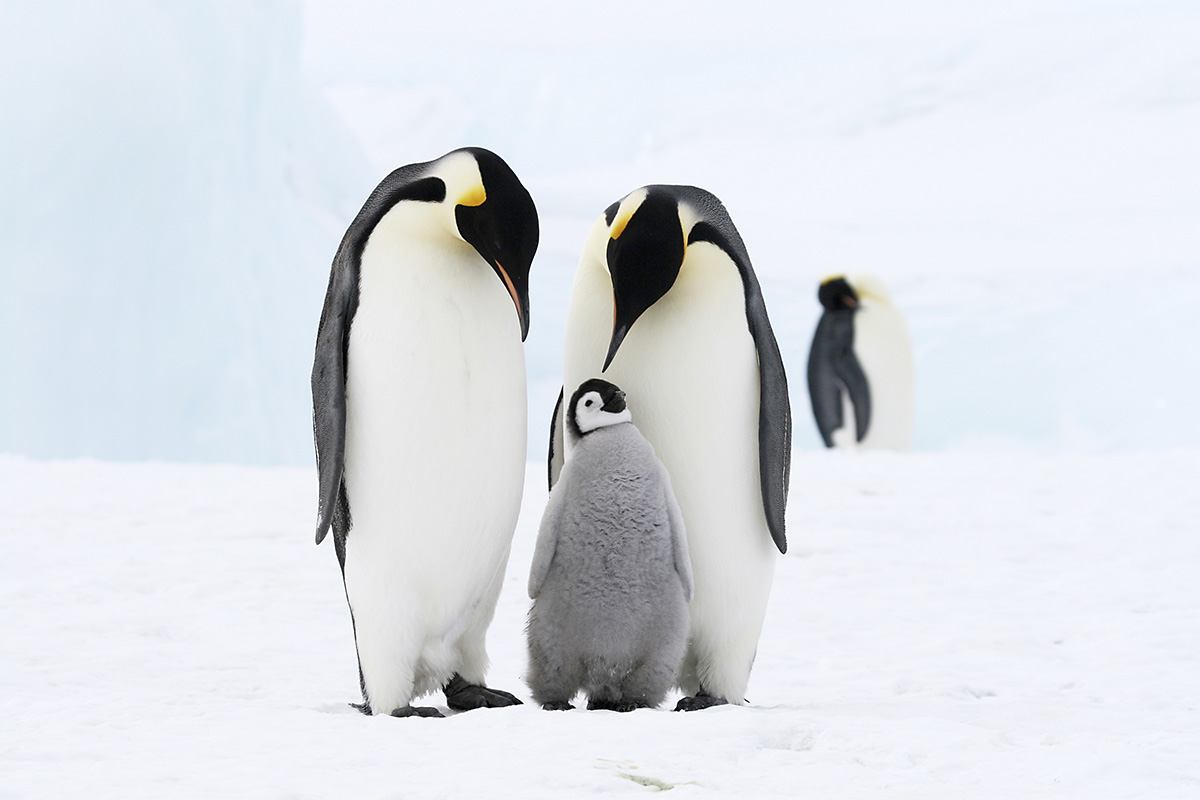
A noteworthy fact: there are no penguins in the arctic nor polar bears in antarctica. Terrestrial tropics have acted as natural barriers preventing these animals from migrating to the opposite poles. so, don't be afraid of encountering a big bear! Only the wonderful penguins inhabit this majestic paradise.
What equipment do I need to take?
It's very important to travel with the right clothing. In Antarctica, it's very cold, even in summer, so it's best to be well prepared. The essentials: dress in layers. This means: thermal socks, T-shirts, and thermal pants initially. Then: snow pants, hats, scarves, waterproof jacket, hooded parka, gloves, mittens, or mittens that allow you to have your fingers free when taking photos, if you plan to do so.
- The first layer, also known as the inner layer, consists of garments that are placed directly on the skin. Its main function is to absorb moisture produced by sweat and then release it to the outer layers, so it's crucial that these garments are breathable but not absorbent. Also, they should be lightweight and quick-drying. It's advisable for this layer to be tight-fitting for better performance. As for the recommended materials, polyester, merino wool, silk, and polypropylene are suggested, avoiding cotton due to its ability to retain its weight in water and its slow drying speed.
- The second layer, also known as the insulation layer or softshell, aims to provide thermal insulation by retaining the heat generated by our body, which helps us maintain our body temperature without the need to spend more energy. Essentially, its function is to keep warm air in and cold air out. Also, it should allow the passage of moisture from the base layer. The recommended materials for this layer are down, wool, and synthetic fibers. (Some ship operators provide the softshell)
- The third layer, also known as the outer layer or hardshell, is responsible for providing protection against wind, rain, or snow. Generally, these garments are made with fabrics that are water-resistant and quick-drying. Despite their waterproof capacity, it's important that they are made of breathable material to allow the inner layers to breathe. Among the recommended materials, I advise options like eVent or Gore-tex, which offer a combination of waterproofness and breathability. (Most ships provide the Outer shell)
Accesories
1. Sunglasses
In addition to protecting you from obvious hazards like sand, dust, dirt, snow, water, etc. Sunglasses are very important to protect your eyes not only from the dangerous UV rays of the sun but also from dust, sand, snow, and water. When buying sunglasses, I recommend those that provide protection against UV-A, UV-B, UV-C, and blue light.
2. Hiking Poles
Hiking or trekking poles are the best allies for extensive walks and expeditions. They should be lightweight, foldable or telescopic, and made of a durable material such as aluminum or carbon fiber. The ones I recommend are the Leki Makalu.
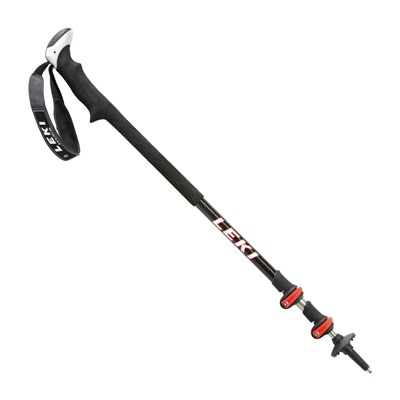
3. Waterproof Snow Gaiters
It's crucial to have waterproof boots, but their effectiveness is compromised when facing hostile terrain with snow if proper gaiters are not used. These pieces of equipment protect the instep, laces, and the top of the boots, preventing liquid entry. Additionally, they protect the pants, preventing them from getting soaked and preventing water from seeping up the leg. Therefore, the correct use of gaiters is essential to maintain dryness and comfort during outdoor activities. Recommended materials:GoreTex-type membranes. (Several ships provide boots on loan, inquire before you decide to carry a heavy pair of boots all the way across Argentina down to Ushuaia)
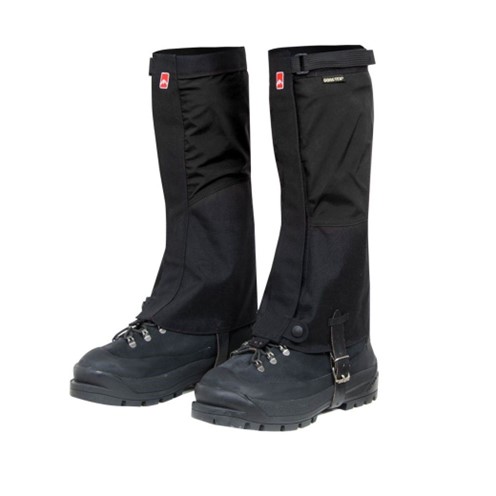
4. Balaclava
The balaclava is an indispensable option for those seeking protection and comfort in extreme conditions. It represents an essential piece to keep the neck, ears, and face warm. There are a variety of styles and materials to choose from, but it's crucial to opt for those that allow breathability. No matter which one you choose, the balaclava is an item you won't want to leave behind at home!
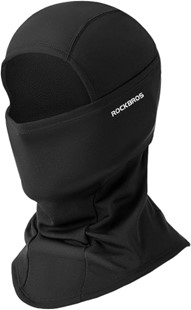
5. Snowshoes
I only used snowshoes when the snow depth was greater than 30 centimeters. Otherwise, I don't recommend using them because they are a bit heavy and restrict your mobility. Still, they save you on many occasions. (Ships offer snow shoes for rent if you do not wish to carry your own)
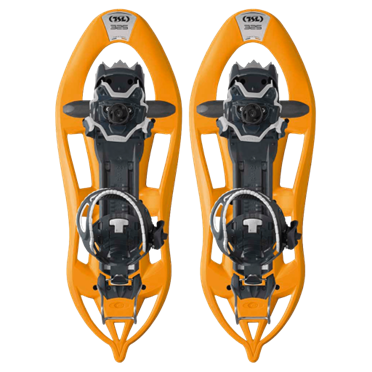
Survival Equipment
1. Camping Tent
The camping tent varies depending on the terrain, environment, the need for lightness, and the number of occupants. We were two, so the size was minimal. The most important thing for camping in negative temperatures is to choose a 4-season tent; this will ensure it withstands strong winds, rain, snow, and minimizes heat dissipation. (Tents are provided by the Ship operator when you book the ice camping extensions)
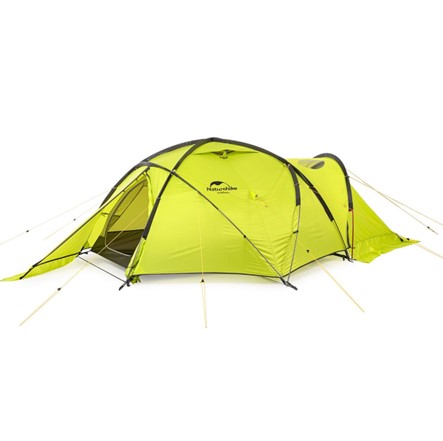
2. Winter Sleeping Bag
The most important thing at this point is to choose the best sleeping bag to avoid using multiple layers of clothing when sleeping. One tip we can give you is to never use hiking clothes for resting because during the night, the heat produced by our own bodies will evaporate moisture. Also, we advise buying mummy, which fits perfectly to your size and body weight. (Provided by ship operator)
3. Insulated Sleeping Pads
We advise at this point, a self-inflating insulator. These are generally made of high-strength nylon or polyester and include highly insulating material. They are a little larger and heavier than foam or air insulators, but they will allow you to sleep comfortably outdoors in Antarctic temperatures. (Also provided by the ship operator)
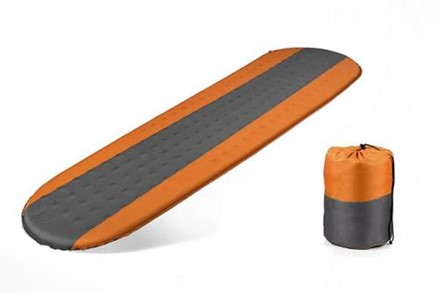
4. Flashlights
Even though there’s sunlight 24 hours a day in summer, the best for this type of journey is to use lamps that can be worn on our heads. There’s really nothing more comfortable than having hands-free! To do this, we must consider these factors:
- Lumens: It's the main indicator of how bright your flashlight is. The more lumens, the brighter. 200 lumens is sufficient.
- USB or battery-powered: I recommend a rechargeable flashlight.
- Battery life: Make sure to choose one that lasts 24 hours.
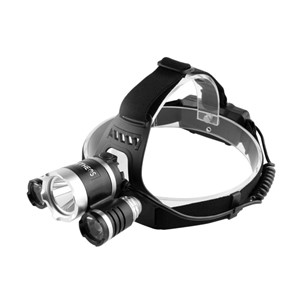
5. Binoculars
Binoculars are necessary to observe Antarctic birds, which fly at a considerable distance from us, the visitors. Local regulations sometimes prohibit tourists from being too close to cliffs and other nesting sites. To observe some birds in flight, such as albatrosses in the Drake Passage en route to Antarctica, it's much better to do so with binoculars.
Emergency Equipment
When engaging in high-risk activities, it's always important to plan for the worst, ensuring that you're always prepared regardless of the circumstances. As part of your emergency equipment, we recommend carrying the following:
- GPS navigator.
- First aid kit.
- Emergency thermal blankets.
- Sunscreen and lip balm.
- Personal hygiene items.
- Radio or music.
- Waterproof lighter or matches.
- Power bank (preferably solar).
I almost forgot! I brought along a flask of Scotch whisky purchased on one of my trips. Savoring this elixir helped me catch my breath on more than one occasion, even though I was properly bundled up. Nonetheless, at the campsite, they offered me all kinds of cocktails and exquisite food
Pros and Cons of Camping on the Antarctica Peninsula
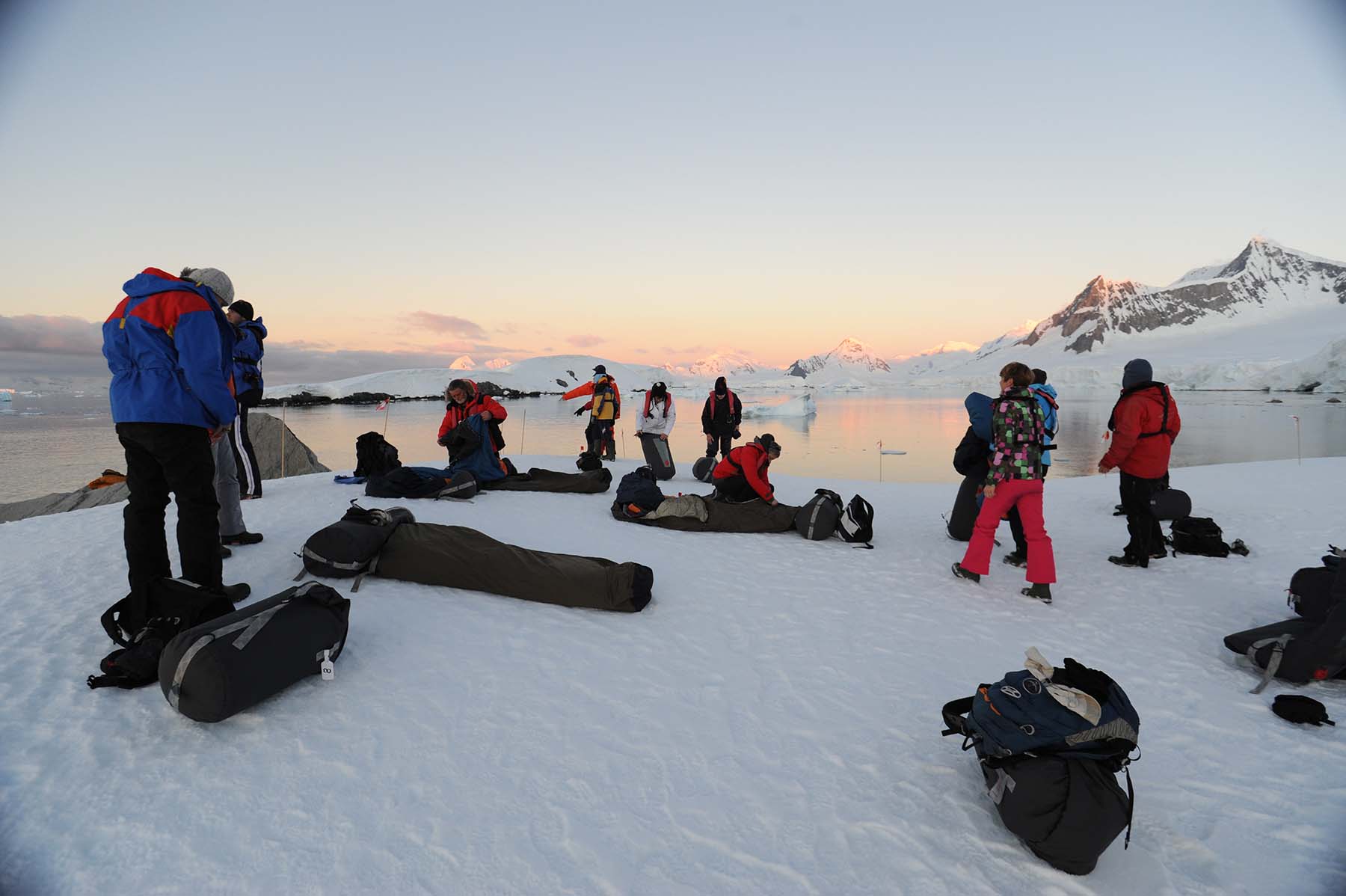
While there are companies operating from South Africa, New Zealand, or Australia, the frequencies are lower, and the distance increases travel days. That's why it's best to travel from South America.
Christmas and New Year's days are always booked well in advance, so rates skyrocket. That's why it's best to avoid these two dates.
In the context of maritime travel, there are various companies offering a variety of services. Some expedition ships are more modest, with limited passenger capacity and provide basic service in terms of food and amenities. The advantage is that this reduces costs slightly, but the disadvantage is that onboard options are more limited. On the other hand, there are companies operating larger vessels, more similar to the traditional idea of a cruise. These companies have ships with greater capacity, which requires landings in two shifts due to international regulations limiting the number of people ashore to 100. They offer a greater variety of onboard activities and a slightly higher level of service. That's the one we chose.
Something worth mentioning: don't be afraid! For this type of camping, no previous experience is required, wildlife is not disturbed, and the staff is in constant radio contact with the ship at all times. The guides also remain on land to assist and supervise the camp!
A Quick Note About the Experience
Sleeping on the ice of Antarctica is an experience that challenges the senses and taps into the primal essence of nature. The feeling of cold is inevitable, like a persistent caress that seeps into the bones, but it also serves as a reminder of the power of a unique environment. Nights are a concert of unusual sounds: the creaking of ice under the weight of the body, a distant echo of underwater activity, and yes, even the far and soft squawk of penguins moving in the darkness. The wind, a faithful companion of Antarctica, whispers ancient stories as it brushes against the frozen land, carrying with it the mystery of an inhospitable continent
Despite the challenge, there is a strange comfort in the discomfort. The certainty of being in a place where few venture, where time seems to stand still in the face of the vastness of the icy landscape, instills a sense of calm and awe. Each moment on the ice is a lesson in humility, a reminder of our smallness against the grandeur of nature. And as the body acclimatizes to the cold and the sounds fade into the silence of the polar night, there remains the certainty of having lived a unique and unforgettable experience in the frozen heart of the world
Now that you know everything you need, you are prepared to have an experience that will stay with you always!

Hello! I am Agustina, I am 36 years old and I am a Argentenian writer. From a very early age, my passion for knowledge and adventure led me to embark on an endless journey through the wonders that the world has to offer 🏂 🏇 🚣♂️
As a specialist in linguistics and world literature, I have spent years immersed in the study and appreciation of the different ways in which words can shape our understanding of the world 🏕 🕍 🕋 🏞
My travels have been more than simple geographical expeditions; they have been journeys to the very heart of humanity, where words become bridges that connect cultures and civilizations. In every encounter with new communities and people, I have found a treasure trove of stories to discover and languages to explore, enriching my understanding of the world and myself in the process 🌎
From the most exotic experiences to the most refined luxuries, I have savored every facet of travel with contagious enthusiasm; from tasting exquisite dishes in the world's finest restaurants and immersing myself in the opulence of the most luxurious hotels, to sampling the most typical food of remote villages, each experience has been a celebration of life and an opportunity to delight and thank life 🙏

